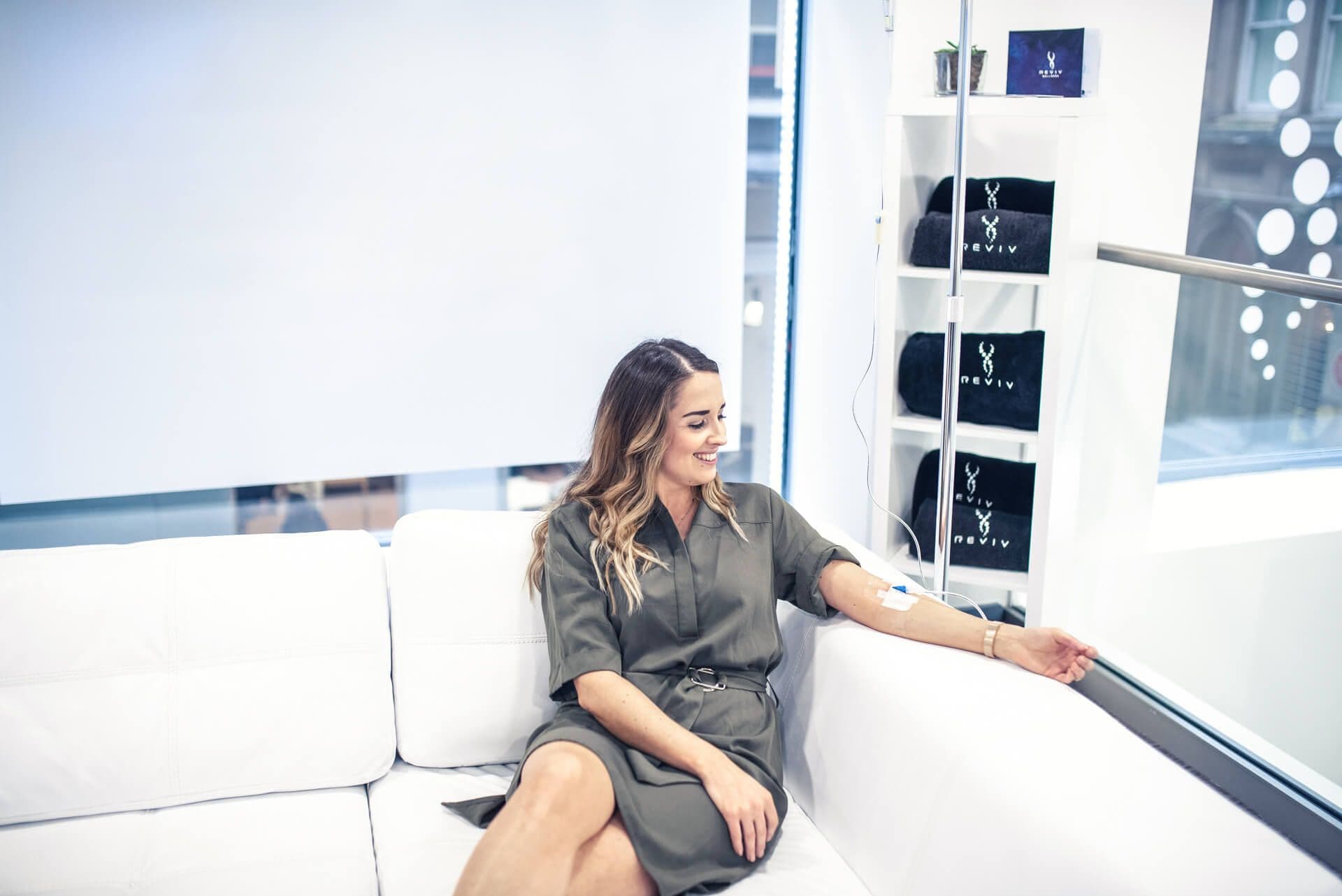Can your smartwatch measure your antioxidants? Here’s what the science really says

By Dr. Mahsa Sheikh
Head of Research at REVIV
Samsung's newly launched Galaxy Watch 8 introduces a headline-grabbing feature: The Antioxidant Index. For the first time, a smartwatch can estimate your body’s antioxidant levels, specifically, by measuring carotenoids in your skin through a method called reflection spectroscopy. Marketed as a glimpse into your diet and aging-related health, it’s a bold move that blends cutting-edge optical sensing with wellness tech.
But how much can this feature really tell us? And how should consumers interpret it?
To answer that, we need to unpack the science behind it.
The science behind the sensor
Carotenoids are plant-derived pigments, like beta-carotene, lutein, and lycopene, with antioxidant properties. They accumulate in the skin and are considered reliable biomarkers of fruit and vegetable intake. In clinical research, carotenoid levels measured by reflection spectroscopy (RS) have shown strong correlation with blood plasma levels and diet quality, making them a useful tool for population health and nutrition tracking [1–3].
However, carotenoids represent just one slice of the antioxidant puzzle. Total antioxidant status includes many other compounds like vitamin C, vitamin E, glutathione, and enzymatic defences. So, while the watch can estimate skin carotenoids, it does not measure your overall antioxidant capacity or oxidative stress.
That distinction is key, and often misunderstood.

Expert Q&A: What users should know
1. How accurate could this feature be, given that it doesn’t track a person’s carotenoid levels at all times?
The Antioxidant Index provides a snapshot, not continuous tracking, but that’s appropriate for what it measures. Carotenoids in the skin are relatively stable over days to weeks and reflect long-term dietary intake, not moment-to-moment changes.
Scientifically, the underlying method, reflection spectroscopy, is well validated. Studies have shown that the results closely match those from blood-based gold standard tests [1,2]. That makes the watch’s measurement reasonably accurate as a non-invasive proxy for dietary intake, particularly reflecting carotenoid-rich food consumption, when used consistently over time. However, it’s not designed for real-time redox monitoring or acute health diagnostics.
2. It’s the first of its kind feature in smartwatches. How cautious should users be about the feature?
It’s a promising innovation, but users should interpret it in context. The Antioxidant Index measures skin carotenoids only, not vitamin C, glutathione, or your entire antioxidant defence system [3,4]. It’s best seen as a wellness feature, not a diagnostic tool. It can nudge users toward better diet awareness, especially around fruit and vegetable intake. But users shouldn’t overinterpret the number or assume it represents their full antioxidant or aging status.
As with any new health metric in wearables, cautious optimism is appropriate. It’s a great start, but not the whole story.
3. What are your thoughts on such and similar features that intend to help people monitor their “aging-related health,” diet, and lifestyle habits? Could they always lead to positive outcomes?
This is where wearable innovation shines, by turning abstract concepts like diet quality or stress recovery into tangible, trackable data. Features like the Antioxidant Index can help users become more proactive about their lifestyle choices.
However, it’s important to avoid false precision. Reducing complex biological processes into single scores may oversimplify the science. And without education or context, some users may misinterpret results or experience anxiety over their readings.
So while these tools can absolutely support better health habits, their success hinges on clear communication and responsible design. When paired with user education and behaviour change strategies, they have the potential to drive meaningful improvements in public health.

Final take
The Galaxy Watch 8’s Antioxidant Index marks an exciting shift in consumer wearables, bringing nutrition and redox biology to the wrist. While it doesn’t replace clinical tests or measure total antioxidant status, it’s grounded in robust science and offers users an accessible window into the antioxidant benefits of a healthy diet.
For now, consider it a smart nudge toward more plants on your plate, not a medical verdict.
Dr. Sheikh recently shared these expert insights on this topic with CyberNews. You can read the full article here for a deeper dive into the science behind the Antioxidant Index and what it could mean for the future of wearable health technology.
Key references
1. Ermakov IV et al. Optical Assessment of Skin Carotenoid Status. Arch Biochem Biophys. 2018;646:46–54.
2. Casperson SL et al. Sensitivity of Reflection Spectroscopy to Carotenoid Intake. J Nutr. 2023;153(2):588–597.
3. Radtke MD et al. Validity of Spectroscopy-Based Carotenoid Measurement. Adv Nutr. 2020;11(5):1282–1299.
4. Munteanu IG & Apetrei C. Analytical Methods for Antioxidant Status. Int J Mol Sci. 2021;22(7):3380.
Subscribe to our newsletter
Get the latest articles and updates straight to your inbox.
SIMILAR NEWS

Coffee. Is It Good Or Is It Bad? The Verdict
SEPTEMBER 29, 2020
It is an age-old question. Is coffee good or is it bad for you. Well the answer is absolutely locked within your genes. Genetic advances have made it now common place to explore the secrets within your genetic make-up. Revealing whether coffee is good or bad for you is one of the nuggets of information that can be discovered.

Hydromax – REVIV’s Pure IV Hydration Therapy
OCTOBER 10, 2016
Intravenous or IV hydration has long been used by people in medical field for restoring fluids, replacing electrolytes, and administering nutrients when there is a barrier to oral intake. Originally reserved only for the severely ill, IV therapy, has over the years become more commonly utilized for preventative purposes and for people looking for fast recovery.
What started out as therapies administered in doctor’s offices are now commonplace in IV bars, med spas and lounges often offering additional therapies such as B12, Glutathione, IV vitamins drips and even IV for hangovers!
